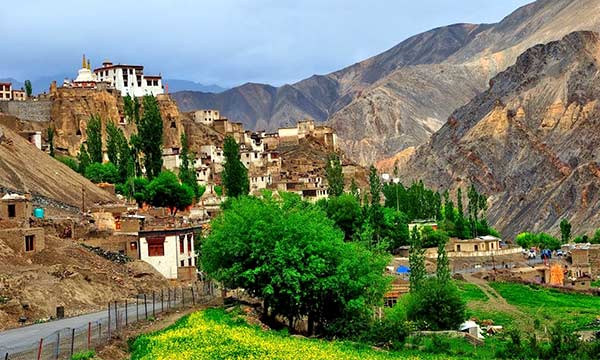Spend the day in pure luxury and bliss as the nature embraces you elegantly in Srinagar. Start the day with a short Shikara Ride. Shikara is a small Gondola type light rowing boat that is the specialty of Dal Lake, which has a floating market. During your two hours cruise on the Shikara, you will be offered various services by different vendors – vegetables, flowers, traditional Kashmiri dress and shawls, and several other things.
The first half of the day tour of Srinagar after your Shikara ride is totally dedicated to visit places like Hari Parbat Fort, Jamia Masjid, a walk in the old bazaar, a visit to one of the seven old bridges on Jhelum and Shah Hamdan’s shrine.
Hari Parbat is a hill overlooking Srinagar and is famous for an incomplete fort named Durrani Fort that was initiated by Mughal emperor Akbar in 1590 as a prospective new capital of his called NagerNagor. However, the project was completed. The present fort was built much later in 1808 by Shuja Shah Durrani.
Jamia Masjid is a mosque that was commissioned by Sultan Sikandar in 1394 CE and completed in 1402 CE. One of the most important and famous mosques in Kashmir, Jamia Masjid displays the architectural style of the mosque inspired by the Indo-Saracenic style of architecture as well as Buddhist pagodas.
Srinagar is a shopper’s paradise and one should never miss out to buy original pashmina shawls and stoles with their exclusive and intricate weaving pattern and design. Another must-buy is the Kashmiri Tea. The other exclusives of Srinagar are the carpets, copper utensils, spices and walnut wood products.
The rest of the day will be spent exploring Mughal Gardens – ChashmaShahi (the royal fountains), NishatBagh (the garden of spring) and the Shalimar Bagh (the abode of love) are few of the most beautiful gardens located in Srinagar and its close vicinity.
Come back to your hotel room and spend overnight.
















